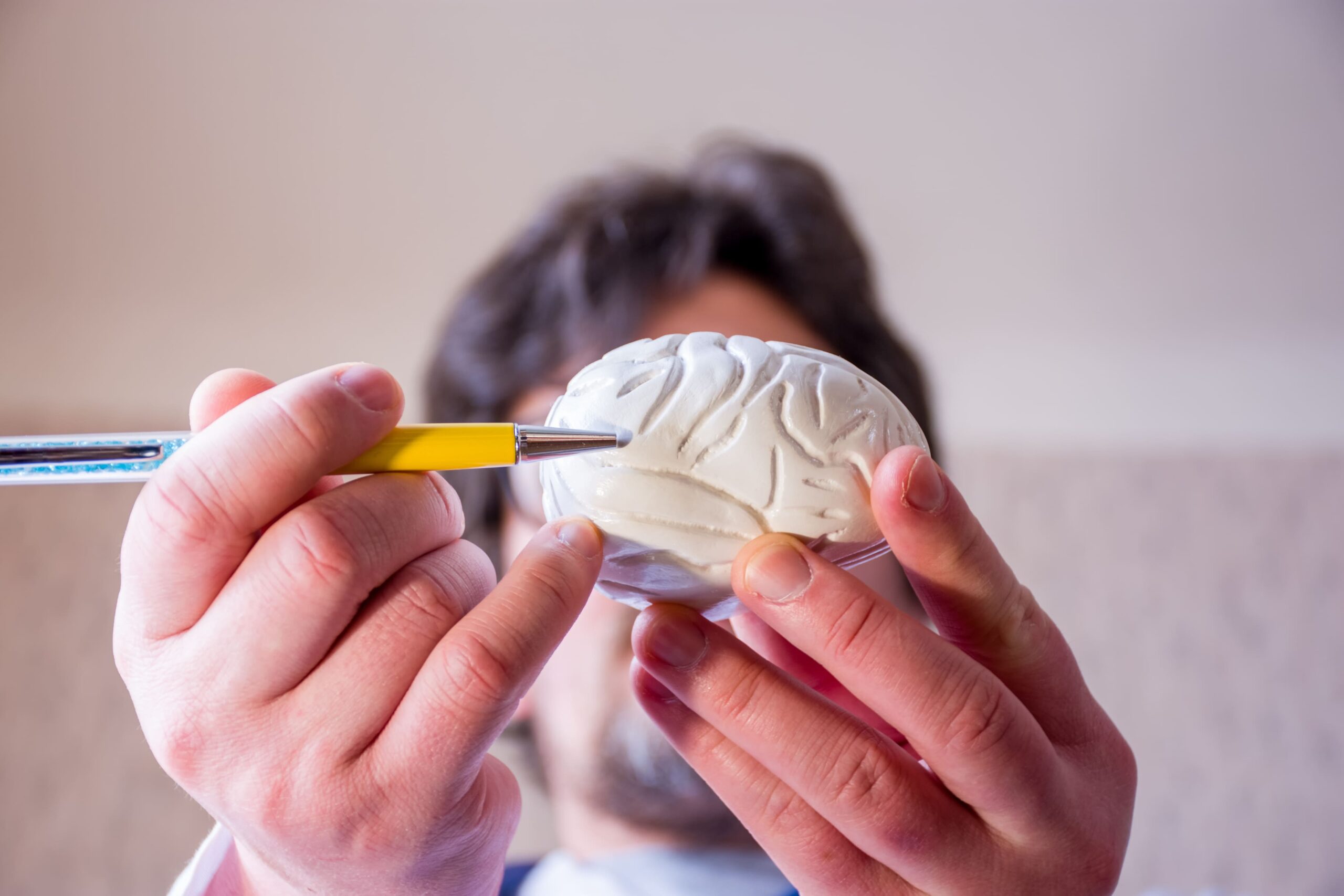What is a cerebral aneurysm?
When an artery wall weakens, it can balloon out, forming what is known as an aneurysm. If untreated, aneurysms can rupture, leading to life-threatening internal bleeding, strokes or brain damage. An aneurysm clipping is a surgical procedure to treat an aneurysm, a weakened area in the wall of an artery. Aneurysm clipping involves placing a tiny metal clip at the base of the aneurysm. This prevents blood from entering the aneurysm, reducing the risk of rupture.
Patients with cerebral aneurysms generally have no symptoms. Occasionally, if the aneurysm is big, it can cause headaches from mass effect or neurological symptoms such as weakness, numbness or double vision.
Ideal Candidates for an Aneurysm Clipping
Small aneurysms with low risk of bleeding are generally observed and followed-up by a neurosurgeon. If an aneurysm is increasing in size, treatment may be necessary to prevent risk of rupture and bleeding. Treatment options can be divided into endovascular coiling or surgical clipping.
Aneurysm clipping is not a one-size-fits-all solution and is most suitable for certain types of aneurysms and patients.
Saccular or Berry Aneurysms
Clipping is recommended for saccular or berry aneurysms. These are more amenable to clipping as the clip can be placed at the neck, effectively isolating the aneurysm from the blood flow.
Accessible Location
Patients with aneurysms situated in accessible areas of the brain, where surgical risks are lower, are the better candidates for clipping. Aneurysms in deep or difficult-to-access regions may present higher surgical risks, making endovascular techniques like coiling a safer option.
Good Overall Health
Ideal candidates are generally in good health with a lower risk of complications from surgery. Factors such as age, the presence of other medical conditions, and previous neurological surgeries are taken into account. Younger patients with fewer comorbidities are often better candidates, as they may recover more effectively from the surgery.
Ruptured Aneurysm
Patients with larger aneurysms or aneurysms showing signs of potential rupture might be prioritised for clipping. Patients with a family history of aneurysms or those who have suffered a previous rupture may also be considered for preventive clipping.
Preparing for an Aneurysm Clipping
Preparation involves several steps to ensure patient safety and the success of the surgery.
- Preoperative Assessment: A medical evaluation is conducted to assess the patient’s overall health. Neurological examination is used to evaluate brain function. Medical history, focusing on cardiovascular health, previous surgeries, and any known allergies or reactions to medications, is also discussed.
- Diagnostic Imaging: Brain imaging tests such as computed tomography (CT) scan, magnetic resonance imaging (MRI), or cerebral angiography are conducted to obtain detailed images of the brain and aneurysm.
- Patient Counselling: Providing detailed information to the patient about the procedure, its potential risks, expected outcomes, and recovery process.
- Preoperative Testing: Routine blood tests, electrocardiogram (ECG), and chest X-ray to ensure the patient is fit for surgery.
- Fasting Instructions: Instructions on fasting for a certain period before the surgery to reduce the risk of complications during anaesthesia.
Aneurysm Clipping Procedure
The aneurysm clipping procedure is a surgical process aimed at isolating an aneurysm from the normal blood flow to prevent rupture. The steps of the procedure are as follows:
- Anaesthesia and Patient Positioning: Administration of general anaesthesia to ensure the patient is unconscious and pain-free during the surgery. The patient is also positioned to provide optimal access to the part of the brain where the aneurysm is located.
- Performing Craniotomy: Making an incision in the scalp and removing a piece of the skull (craniotomy) to access the brain.
- Locating the Aneurysm: Using a microscope and specialised instruments, the surgeon carefully exposes the brain and locates the aneurysm.
- Placing the Clip: Once the aneurysm is located, a tiny metal clip is placed at its neck, where it emerges from the artery. The clip is designed to remain permanently, preventing blood from entering the aneurysm.
- Closure: After securing the clip, the surgeon verifies that blood flow in adjacent arteries is normal. The skull piece is then replaced, and the incision in the scalp is closed.
Postoperative Care and Recovery
After aneurysm clipping surgery, patients receive immediate postoperative care in a neurosurgical ICU where vital signs and neurological status are closely monitored. This phase comes with pain management, control of brain swelling, and neurological assessments.
The recovery process involves physical and occupational therapy to aid in regaining strength and function, and wound care to prevent infection. The duration of recovery varies, but a focus on rehabilitation and lifestyle adjustments facilitates a return to normal activities.
Risks and Complications of Aneurysm Clipping
Aneurysm clipping is a major surgery and the potential risks and complications are:
- Bleeding and Stroke: The risk of bleeding during or after surgery can lead to a stroke. This can be minimised with careful surgical technique and postoperative monitoring.
- Infection: There is a risk of infection at the surgical site or, less commonly, within the brain. Preventive measures include sterile surgical techniques and, in some cases, prophylactic antibiotics.
- Brain Swelling: The brain tissue around the surgical area may swell, affecting brain function. This is usually managed with medications and careful monitoring.
- Seizures: Some patients may experience seizures, either immediately following surgery or later. They are typically controlled with medication.
- Blood Clot Formation: Blood clots may form in the legs (deep vein thrombosis) which can travel to the lungs (pulmonary embolism). Early mobilisation, blood thinners, and compression devices can help prevent this.
- Neurological Deficits: Temporary or permanent changes in brain function may occur, including weakness, speech difficulties, or vision problems.
- Recurrent Aneurysms: In rare cases, aneurysms may recur, necessitating further intervention.
Long-Term Outcomes and Effectiveness
The long-term outcomes and effectiveness of aneurysm clipping are generally positive, with many patients experiencing a reduction in the risk of aneurysm rupture and subsequent complications. The procedure’s success is influenced by the aneurysm’s initial size, location, and the patient’s overall health.
Regular follow-up can help monitor the status of the clipped aneurysm. In some cases, lifestyle modifications and ongoing medical management may be necessary to address underlying risk factors for aneurysm formation.
Conclusion
An aneurysm clipping is a surgical intervention that can help manage cerebral aneurysms. While the procedure does have its risks, it is a life-saving option for many patients. As with any medical procedure, a thorough understanding of the risks, recovery, and long-term management are necessary for optimal outcomes.


